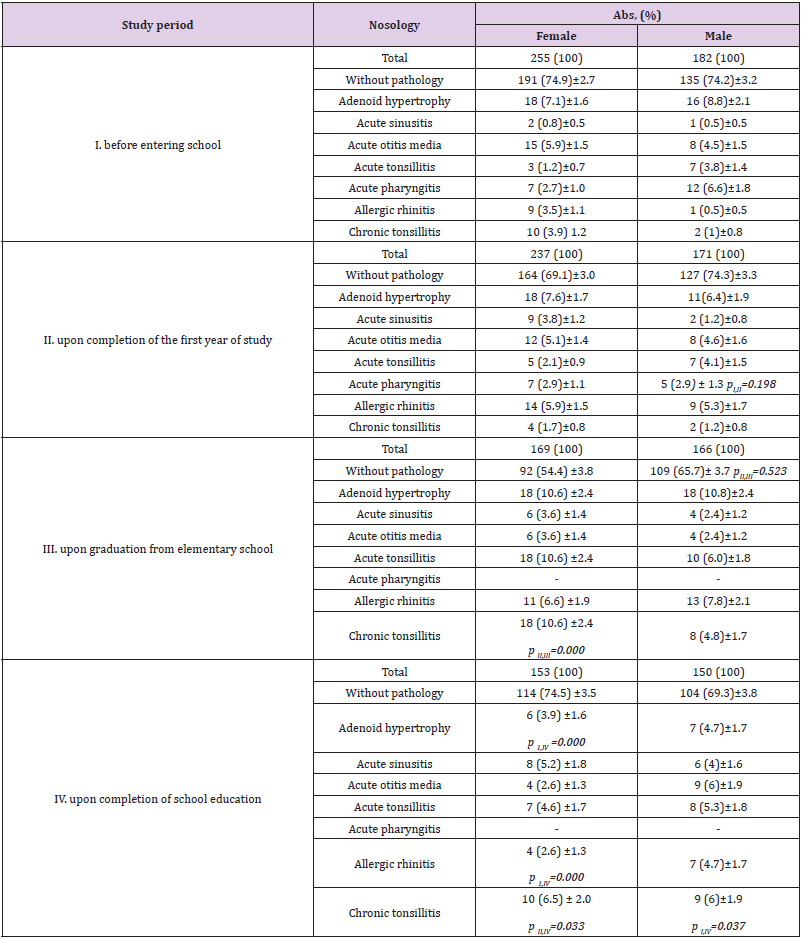Structure of #Single Particles from Randomly Oriented Ensembles Using an X-Ray Free #Electron Laser by DK Saldin in BJSTR
Abstract
The method of time-resolved crystallography offers a method of
studying fast changes in structure during a chemical reaction. However,
being a crystallographic method it is restricted to crystal structures.
The problem with this is that most chemical reactions under
physiological
conditions happen in solution and not on molecules which are part of a
crystal. The main problem with trying to find chemical reactions in
solution is that one needs a powerful source of X-rays which will give a
measurable signal even from small numbers of randomly oriented
molecules. The newly developed X-ray free electron laser allows this
when combined with a novel theoretical technique. Of course we
understand one of the strengths of working with crystals is that the
signal comes not from one but from trillions of identically oriented
unit
cells. The fact that the unit cells are identically oriented means that
the X-rays do not have to scatter off a single molecule (or unit cell)
to give a
sensible signal. Since all molecules are identically oriented
information about an idealized average molecule may be obtained from
scattering
by a crystal even though the different photons scatter off different
molecules. The problem is that most chemical reactions do not take place
in
crystals.Two main developments allow us to overcome this limitation. One is
the development of the X-ray free electron laser (XFEL) which is
capable of producing X-rays many orders of magnitude brighter than any
previous X-ray source. If it is possible to determine the structure of a
single particle without the need for crystals we will have achieved our
goal. Luckily there has been a corresponding increase in understanding
of scattering by disordered arrays. One of the things that has become
realized recently is that if one concentrates not on the bare
intensities
of scattering, but on what are known as their angular correlations these
said correlations are characteristic, over most of their range, of the
structure but on not of the orientation of the molecules, provided the
scattering is from a dilute disordered ensemble. Consequently, the way
has been opened for the study of molecules via scattering by ensembles
that are not identically oriented. What is more, techniques have further
been developed for following fast changes in the structure of such
molecules in a pump-probe experiment.


No comments:
Post a Comment
Note: Only a member of this blog may post a comment.